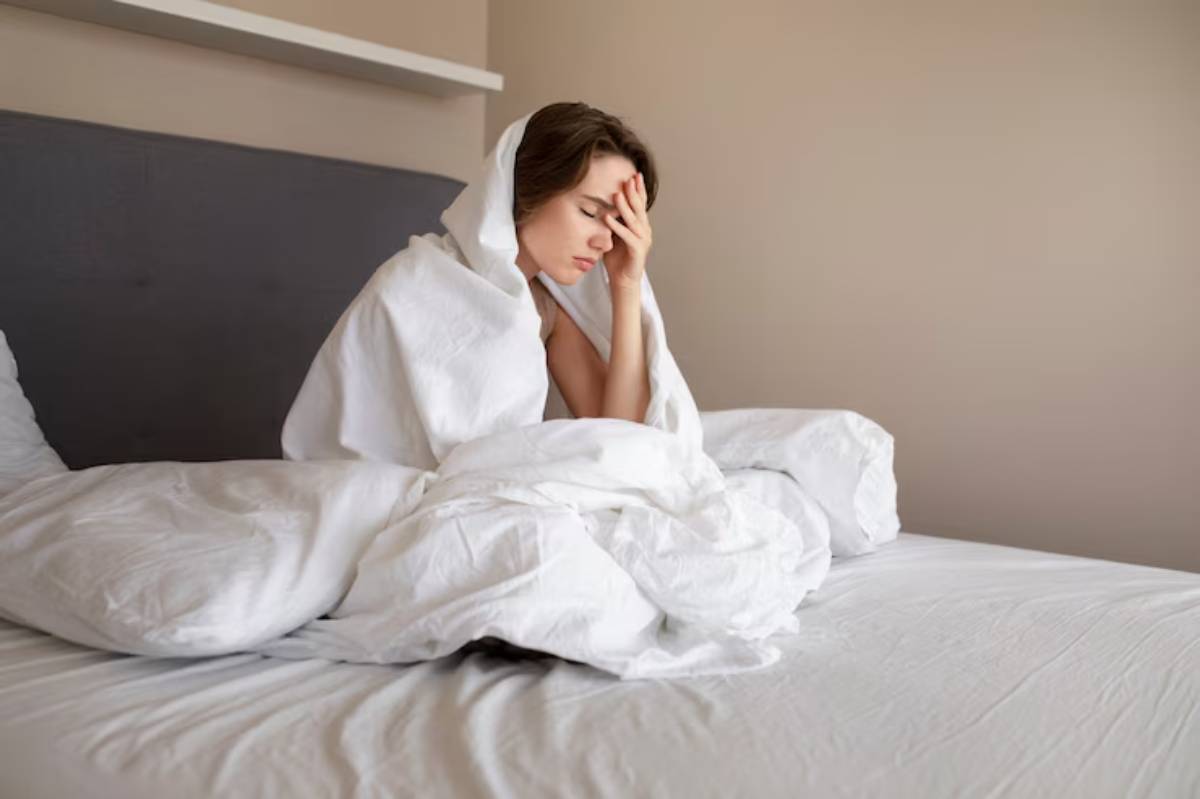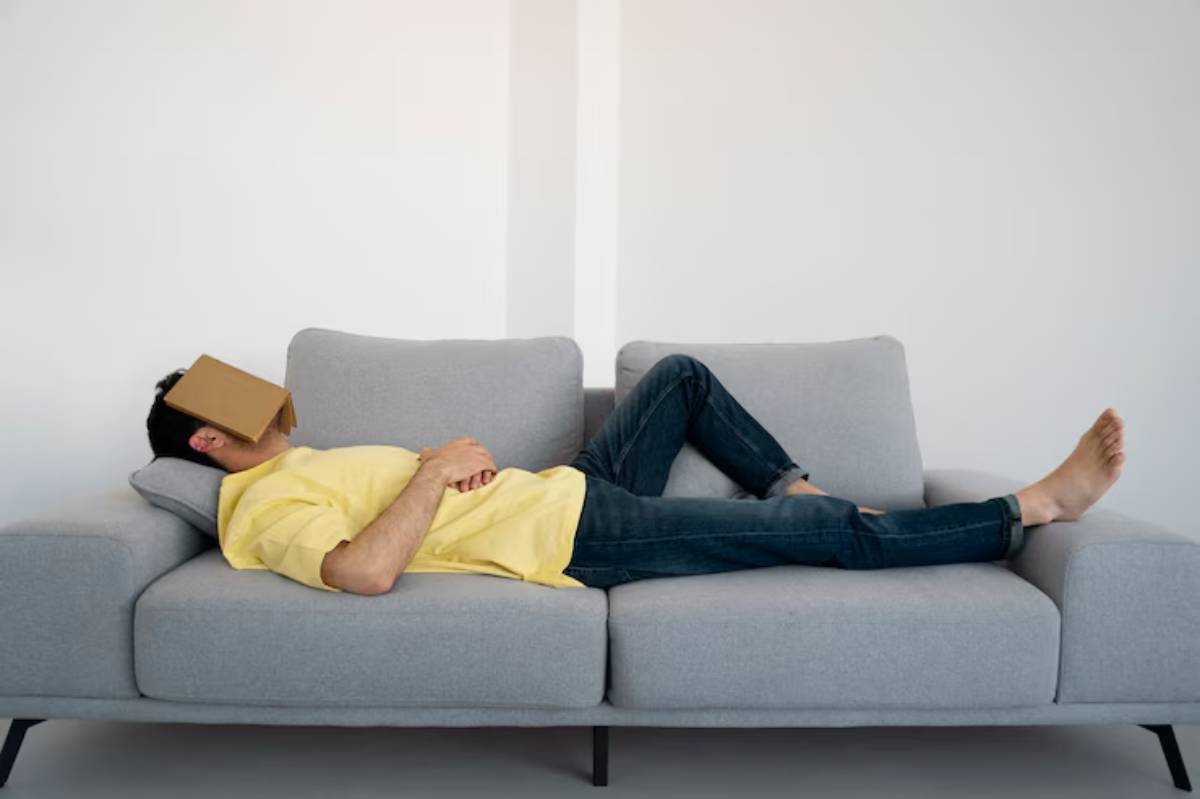The Health Blog

Managing Circadian Rhythm Disorders Naturally
Some nights, sleep arrives on cue — like a gentle fade to black after a long day. Other nights? It doesn’t even show up to the party. You lie in bed, wide awake, watching the clock mock you as minutes become hours. Or maybe you fall asleep just fine, but wake up at 3 a.m., alert as if it’s lunchtime.
Sound familiar?
If sleep seems disconnected from the day’s rhythm, it might not be “just stress” or “bad luck.” You could be dealing with a circadian rhythm sleep disorder — when your body’s internal clock drifts out of sync with the world around you.
But here’s the good news: the body’s clock is adjustable. It takes time. It takes patience. But with the right natural sleep cycle regulation, it can absolutely be brought back into balance.
First Things First: What Is the Circadian Rhythm?
Think of your circadian rhythm as your body’s built-in timekeeper — a 24-hour loop that controls when you feel alert and when you feel sleepy. It’s influenced by light, temperature, hormones, and habits. When everything’s aligned, you naturally get sleepy at night and feel refreshed in the morning.
But that rhythm isn’t foolproof. Travel, shift work, late-night screen time, or even a single all-nighter can knock it off course.
And once it’s off? It tends to stay off — unless you consciously reset it.
That’s where natural sleep cycle regulation comes in. Instead of medication or stimulants, these methods help your body remember its own rhythm. Gently. Gradually. Effectively.
Types of Circadian Rhythm Sleep Disorders

Not all rhythm issues are the same. They don’t all look like insomnia. In fact, some are more about when you sleep than whether you can.
Here are the most common patterns:
1. Delayed Sleep Phase Disorder (DSPS)
You naturally fall asleep late (think 2 or 3 a.m.) and struggle to wake up early — even if you get a full night’s rest. You’re just not sleepy when everyone else is.
2. Advanced Sleep Phase Disorder (ASPD)
The opposite problem. You feel sleepy by 7 or 8 p.m., and often wake up before sunrise — unable to fall back asleep.
3. Non-24-Hour Sleep-Wake Disorder
Common in people who are blind, this causes the sleep cycle to shift later each day, drifting out of alignment entirely.
4. Shift Work Sleep Disorder
Your job has you sleeping during the day or switching shifts often, making a stable rhythm hard to maintain.
Natural Sleep Timing Solutions That Actually Help

You can’t force sleep — not really. But you can make space for it. You can invite it in with cues, consistency, and a little strategy.
Let’s walk through some of the most effective sleep timing solutions, drawn from real experience and rooted in how the body actually works.
1. Light Is Your Most Powerful Tool
Your brain responds to light like a switch. Bright light means “wake up.” Darkness says “go to sleep.” Simple, right?
But in modern life, things get a little… confused.
Phones, TVs, and overhead lights trick your brain into thinking it’s still daytime. Meanwhile, if you’re not getting sunlight during the day, your body doesn’t know when morning starts.
Here’s how to use light to reset your rhythm:
- Get sunlight early in the morning. Go outside within an hour of waking, even for just 10–15 minutes.
- Avoid bright screens at night. Especially 1–2 hours before bed. Blue light blocks melatonin, the sleep hormone.
- Use warm, dim lighting in the evening. Lamps, salt lights, or candles are ideal.
- Try a sunrise alarm clock. It mimics natural dawn, gently nudging your body toward wakefulness.
The more you align your light exposure with your desired sleep schedule, the more your brain starts to cooperate.
2. Anchor Your Wake Time — Even If Sleep Was Bad
Here’s a tough one, but it’s crucial: wake up at the same time every day. Yes, even after a rough night.
Why? Because your body won’t start adjusting if it keeps getting “mixed signals.” Sleeping in might feel good in the moment, but it delays melatonin release the next night — and the cycle continues.
Start by picking a consistent wake time you can stick to. Build your day around that. The earlier you wake (with sunlight), the easier it becomes to feel sleepy at night.
3. Use Melatonin Strategically
Melatonin isn’t a sleep potion. It’s a hormone your body already makes. Supplements can help, but only if used correctly.
The trick? Timing.
- For delayed sleep phase: take a low dose (0.3–1 mg) 2–3 hours before your desired bedtime.
- For advanced sleep phase: it’s less helpful, but morning light exposure is key.
- For shift work or jet lag: melatonin can help shift the rhythm gently, used alongside light exposure.
Always start with a small dose. More isn’t better — too much can actually throw things off.
4. Create a Wind-Down Routine That Sticks
If you struggle to fall asleep, your body might not know it’s bedtime. The fix? Create habits that signal “it’s time to rest.”
Keep it simple:
- Dim the lights
- Make herbal tea
- Stretch or take a warm shower
- Read something light — no true crime tonight
- Journal out any lingering thoughts or to-do’s
Routines help create a sense of safety. And when the brain feels safe, sleep comes more naturally.
5. Watch the Caffeine — It’s Sneakier Than You Think
Caffeine lingers in the body longer than most people realise — sometimes 6 to 8 hours or more.
If you’re struggling to sleep, take a look at your coffee, tea, chocolate, or even painkillers with caffeine. Try cutting them off by 1 or 2 p.m., especially if your rhythm is off.
6. Move Your Body — But Not Too Late
Exercise is great for sleep — but timing matters. A brisk walk in the morning? Perfect. A workout at 9 p.m.? Maybe not.
Try this:
- Aim for daily movement, even if it’s light
- Prioritise morning or early afternoon workouts
- Avoid intense cardio within 2 hours of bedtime
Physical movement helps anchor your rhythm. Plus, it burns off stress that might otherwise show up as racing thoughts at night.
7. Respect the Transition Zone
Here’s the truth: sleep doesn’t come with a switch. It’s more like a dimmer. You can’t go straight from email to dreaming in five minutes.
Let the brain catch up.
Set aside at least 30 minutes to slow down before bed. This isn’t the time for stimulating shows, tough conversations, or high-stakes scrolling.
What About Naps?

Naps can be helpful — or harmful — depending on how and when they happen.
Good nap habits:
- Keep naps short (20–30 minutes max)
- Nap before 3 p.m.
- Avoid napping if you’re trying to shift your bedtime earlier
Napping too late can delay melatonin release and make it harder to sleep at night. If you need a boost, try a quick rest without slipping into deep sleep.
When Natural Isn’t Enough
If your sleep remains severely out of sync — affecting work, relationships, or mental health — don’t hesitate to seek help. A sleep specialist or therapist can help uncover deeper issues or recommend treatment options.
But for many people, these natural sleep cycle regulation methods are enough to create real change. The key is consistency, not perfection.
Finding Your Rhythm Again
There’s something deeply frustrating about being wide awake when the world is sleeping — or nodding off when others are starting their day.
But circadian rhythm disorders aren’t a life sentence. They’re a detour. And detours, with the right support, can lead back to balance.
You don’t have to overhaul your life overnight. Start with one small shift. Maybe it’s stepping into the sunlight in the morning. Maybe it’s setting a screen curfew. Maybe it’s just choosing the same wake time for the next week — and seeing what happens.









